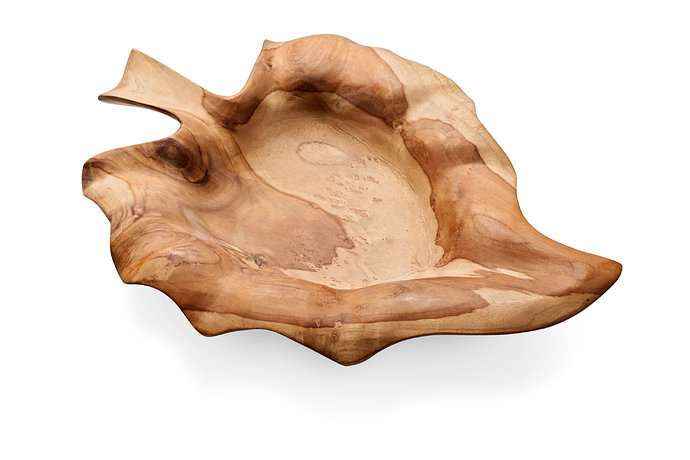The MPCNC will take far longer to carve the bowl (assuming you’d built it to handle something 8CM high to handle the job). It is hard to quantify how long since there are so many variables: bit choice, stepover, types of tool paths, quality of the CAM/CAD tools, your skill with CAM/CAD tools, type of wood, amount of extra stock beyond 8cm, how finished you want the piece coming out of the CNC, etc. The 8cm height of the bowl makes me think that the bowl you mention was carved with a higher class of machine. Right off hand, I cannot think of any hobbyist level machines (under $2500) that (unmodified) can carve something so tall. Sometimes hobbyist machines can have an opening in the spoil board to handle larger things, but that does not modify the maximum cutting height.
z-axis shouldn’t be much larger than 80mm or 100mm
As mentioned, there are ways to design around this limit. A drop table (opening in the middle), swapping out leg sizes for doing larger work, multiple thickness of spoil boards to bring shorter material closer to the core, adjustable legs…
Are those real 140mm, i.e. I can mill wood 140mm thick or do I have to subtract the bit etc.?
Taking a quick look, I do believe you need to subtract the bit and stuff. This would give you around 60mm of material height. Note that there are games that can be played in some situations. As just one example, say you re only cutting 1/2 of the way into the work piece, and you clamp from the sides, and are not creating pegs for two sided milling, and you had a bit of just the right length, you could mill something 90mm high in the 140mm of working space. But that is a lot of conditions.
I am also thinking about a Stepcraft D840
I’ve only used my MPCNC so information other machines comes second hand, but I’m not impressed with the Stepcraft D-series machines compared to the several other machines in this hobbyist category…especially for the cost.
solid wood up to 8-12cm.
This thickness will be a killer with most hobbyist class machines. Again you might be able to design around the issue for certain kinds of projects.
Probably I can cut much faster and precise e.g. on a Stepcraft D420 or D600 than on a 120x60cm CNC anyway?
I don’t have hard numbers, but I would guess that the MPCNC has a similar precision to most other hobbyist machines. Speed is another matter, and not necessarily a simple one to figure out. Machines that are stiffer and have stronger steppers to go along with that stiffness can push the end mill through the material faster and/or deeper without suffering deflection. On the other hand, machines that have lead screws for X and Y like I believe the Stepcraft machines do, are notably slower on rapids (fast non-cutting moves). Fast is also defined by the size of the end mill. A 1/4" end mill will remove more material in a pass than a 1/8 end mill. The entry level spindle for the Stepcraft machines is a Dremel 4000, which only takes 1/8" mills (or probably 3mm if you are buying in Europe).


